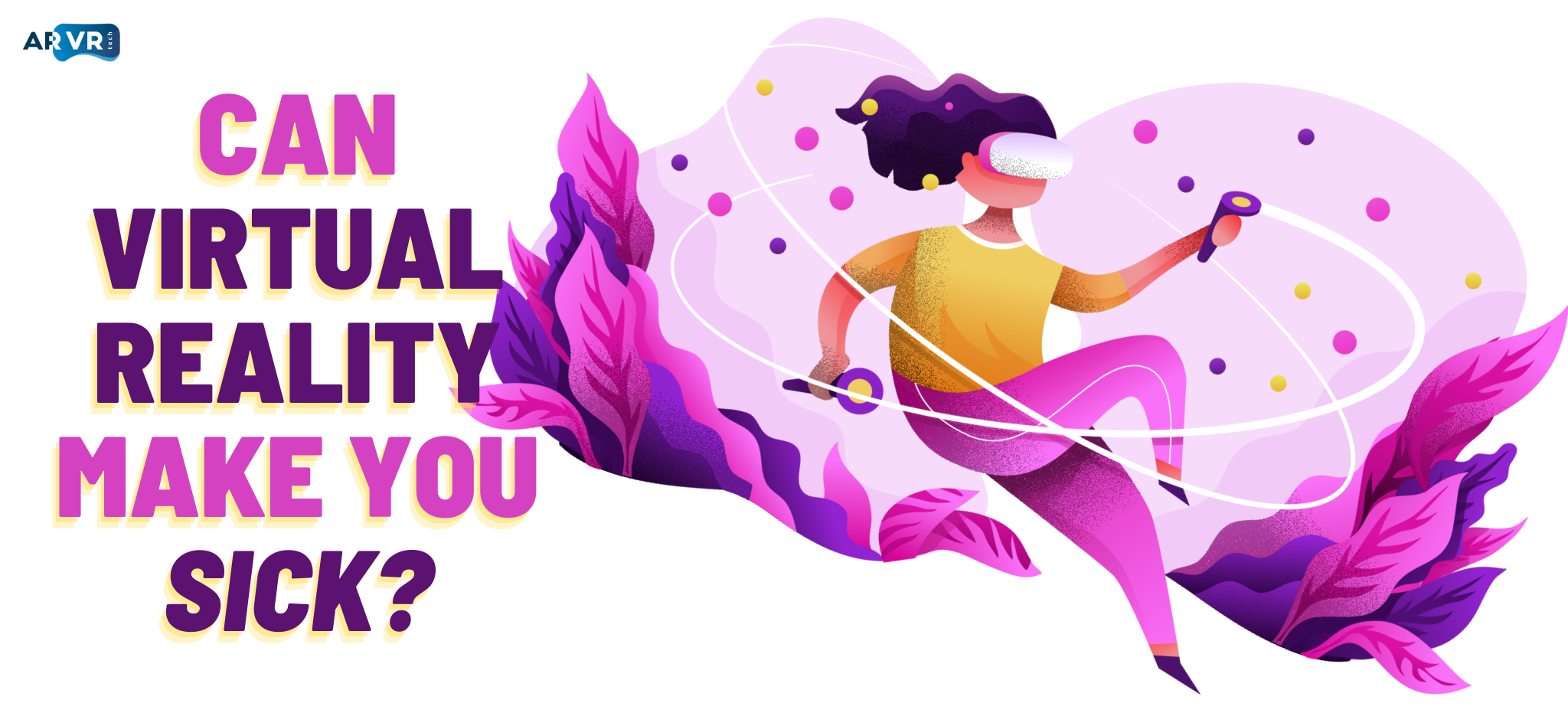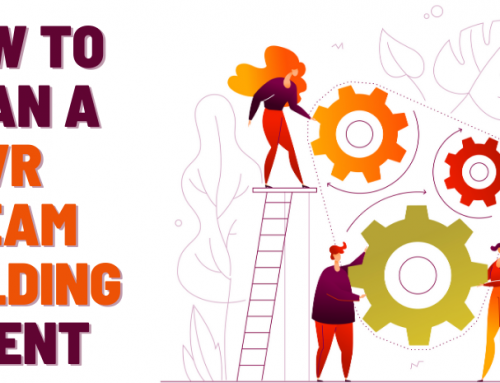
Virtual reality (VR) is one of the most rapidly growing industries in 2020. According to Statista, the market size of VR software and hardware solutions is expected to increase from $6.2 billion in 2019 to $16 billion by 2022. That’s almost triple the size in 3 years!
Even though VR first started out in the military, this immersive technology has since found its application in a wide range of industries – gaming, healthcare, education, engineering, marketing, sports, travel, and hundreds more. Virtual reality is slowly but surely finding its rightful place in society, and we are nothing short of thrilled to see how it will develop from here.
A question many people ask, however, is whether or not VR is safe. Does virtual reality cause any side effects? Can it harm your health in any way? Is it dangerous to use VR on a daily basis?
In this blog post, we will answer all those questions and offer some insights into how you can utilize VR in a way that doesn’t cause any problems for you.
VIRTUAL REALITY AND MOTION SICKNESS
VR users from all across the world have noticed that being immersed in VR for longer periods of time can cause a wide range of unpleasant symptoms. Collectively, these symptoms are described as virtual reality motion sickness, and they include:
- Nausea
- Vomiting
- Headaches
- Dizziness
- Sweating
- Fatigue
- Disorientation
- General discomfort, and more
Based on the information that approximately 25% of people experience motion sickness on a plane, most VR developers assume that approximately 25% of VR users are affected by virtual reality sickness as well. Additionally, women are more susceptible than men, most likely because of different hormonal composition, having a wider field of view than men, and because there are some differences in depth perception between the biological sexes.
CAUSES OF VR SICKNESS
The reason why some people suffer from VR sickness is rooted in the body’s vestibular system – a system of senses that regulates balance and spatial coordination.
When you’re moving at speed in your virtual reality surroundings and your body is sitting down or standing straight in the real world, what you see and what your body feels doesn’t match up. You may be accelerating or decelerating fast, changing directions, whipping this way and that in your virtual world, but your vestibular system isn’t registering any of that. This disconnect between your eyes and your body is what causes the virtual reality motion sickness.
The creator of the VR headset Oculus Rift, Palmer Luckey, named “changes in velocity” as the main cause of this health problem. “The issue is constant deceleration and acceleration. It’s actually the duration of that change, rather than the magnitude, that makes people change,” he said for MIT’s Technology Review in 2016.
It stands to reason that the likelihood of you feeling the negative effects of VR sickness also depends on what type of VR environment you are in. VR games require a lot of movement and action – if you’re playing a particularly dynamic game, you are more likely to feel nauseated. If, on the other hand, you are simply giving a presentation in a VR environment, you are probably not moving around much and are not as affected by the velocity changes mentioned above.
VR SICKNESS CURE
If you experience any combination of symptoms related to VR headset sickness, they should disappear within a couple of hours of coming out of VR. The same as with motion sickness on a plane or boat – once you’re on solid ground and calmed down some, everything should go back to normal.
However, the fact remains that this discomfort may prevent you from spending as much time wearing a VR headset as you would like. We’ve already talked about our best 5 tips to overcome nausea in virtual reality, but here we are going to expand on them some more.
1. CHOOSE 6DOF HEADSETS
DOF refers to Degrees Of Freedom, or how well your headset tracks your movements in 3D space. The chances of you grabbing a 3DOF headset nowadays are slim to none, as most major companies are focusing on 6DOF headsets, such as HTC Vive and Oculus Quest 2. Nevertheless, make sure you don’t accidentally reach for a 3DOF headset and get stuck feeling dizzy in VR.
2. ADD A VIRTUAL NOSE
In real life, you likely don’t even notice your nose as you go about your day. Its presence in your field of view is easy to overlook – however, it may have a stabilizing effect on your VR experience. Researchers at Purdue University have discovered that placing a nose on the screen can reduce VR motion sickness effects by 13.5%.
3. NO GLITCHES
Avoid VR apps that are glitchy, shaky, or have any sort of erratic or choppy movements. If there are any latency issues – issues with the app registering your movement too late – either try restarting the software or just stop using it altogether. Even the most seasoned VR users get sick if they spend time in glitchy VR experiences.
4. SLOWLY INCREASE VR TIME
As is the case with other types of motion sickness, your body can slowly adapt. Gradually increasing your time in VR by 5 minutes every couple of days may help you get used to the disorienting experience. The key here is to hold back on adding the next 5 minutes until you feel relatively good with the time you’re already spending in VR.
5. AVOID USING VR WITH AN EAR INFECTION
This is perhaps a given, but bear in mind that ear infections additionally burden the vestibular system, as it is closely connected to the ears. Suffering from an ear infection could worsen the symptoms of VR motion sickness and cause more health problems down the line.
VR: A DANGER TO HEALTH?
From everything we laid out in this text, the main takeaway should be this: yes, VR does come with some, minimal, potential side effects to your health. However, the good news is that these troublesome symptoms aren’t permanent and can be alleviated.
If you belong to that 25% that feel ill when using VR, our main advice is to opt for better VR equipment, avoid glitchy apps, and take it slow and steady. When you’re in a VR environment, breathe deeply, stay seated if possible, and try to remain calm. Adding a virtual nose to your field of view may drastically improve your VR experience.
Will the existence of VR sickness debilitate further development of VR technology? In our humble opinion – no, it will not. VR tech is advancing at such a staggering rate that we are sure even fewer people are suffering from these sickness symptoms than they did four or five years ago, mainly thanks to improved tracking and software performance. We don’t see VR sickness as a big barrier in the development of virtual reality in the future.
That being said, if you wish to invest in VR software solutions that are free of glitches or any sort of unpredictable behavior – and thus won’t make you sick – take a look at what we offer! ARVRtech is a software company specializing in VR and AR apps that will make your jaw drop. If you’re after a VR game, VR training software, or would like to take advantage of a range of products we have available, don’t hesitate to contact us and see what we can come up with together!


